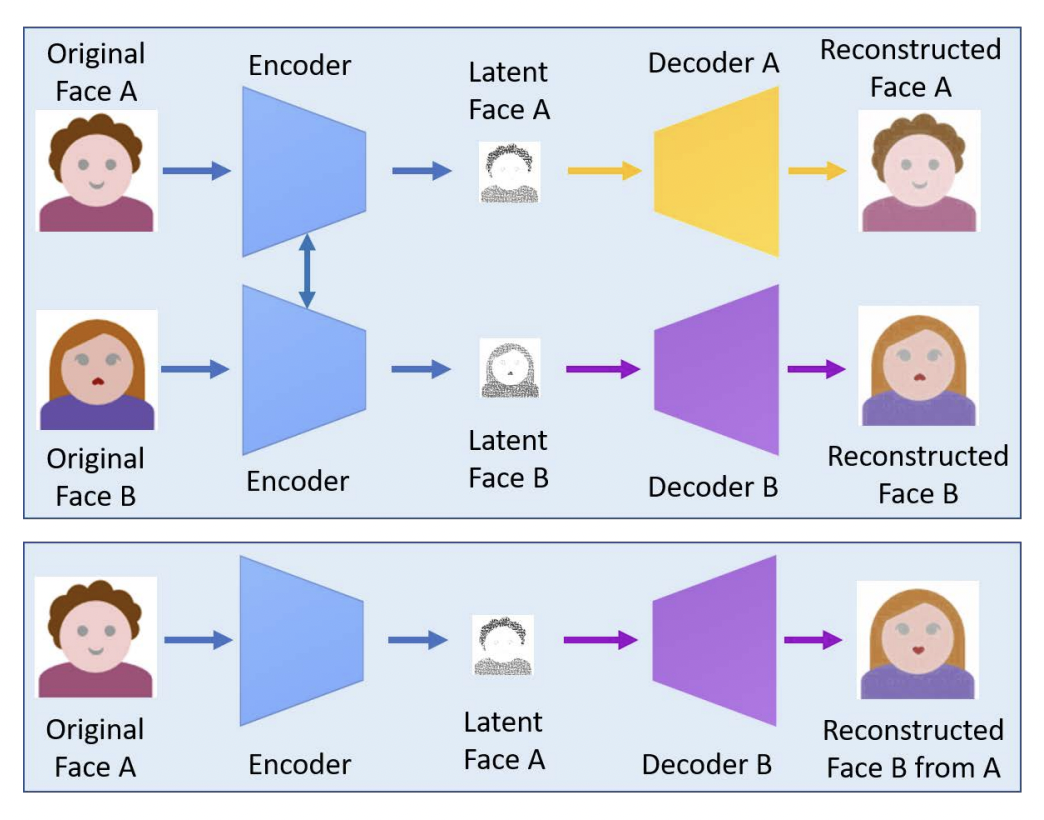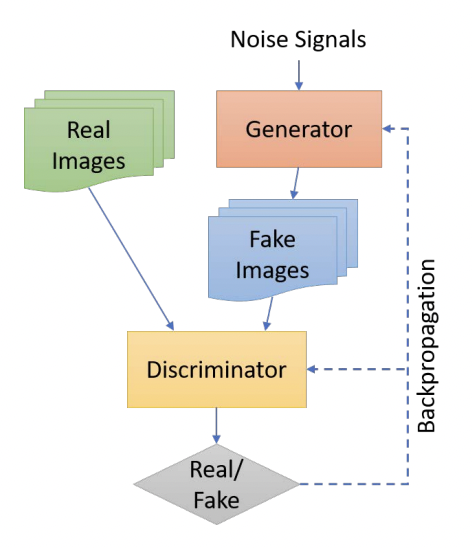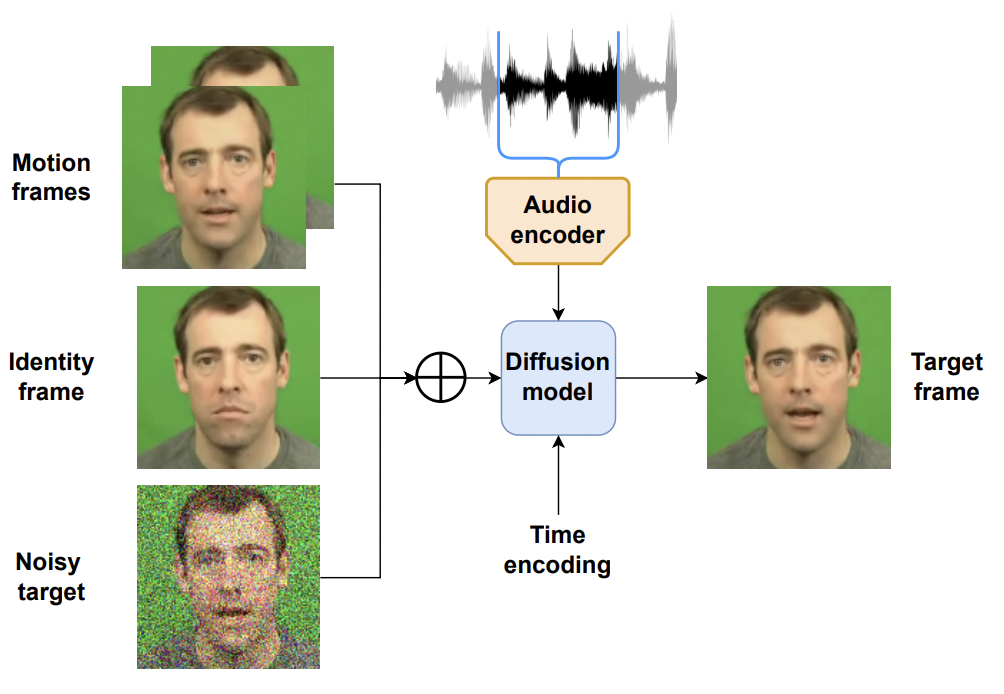Deepfake - A Technical and Ethical Review
Highlight
- Category: DS/ML
- Year: 2023
- Keywords: AI Ethics, Computer Vision (CV)
Description
Deepfakes, combining ”deep learning” and ”fake”, are believable images or videos that apply artificial intelligence (AI) to depict someone saying and doing things that never happened. It initially uses face swap to replace the face of one person with the face of another one. Over time, other techniques emerge, such as facial reenactment (i.e., one person is used to drive the expression of another) and lip-syncing (i.e., audio is used to control a person’s lip movement to make it look like they are saying things they are not). Being able to manipulate facial features with high precision and realism, deepfakes are highly indistinguishable from authentic media. This raises ethical concerns around privacy, consent, and the potential harms. The rapid development of AI technology has made it harder and harder to detect deepfakes. When combined with social media’s quick spread of information, more threats are posed by deepfakes to society, national security, and the political system. It is important to gain a better understanding of deepfakes in order to mitigate these threats - how it works, what effects it brings, and how to tackle them. This comprehensive review of deepfakes covers: 1) deepfake creation techniques, and 2) detection and defense methods, 3) ethical and societal implications, and 4) technical and non-technical solutions and development.


